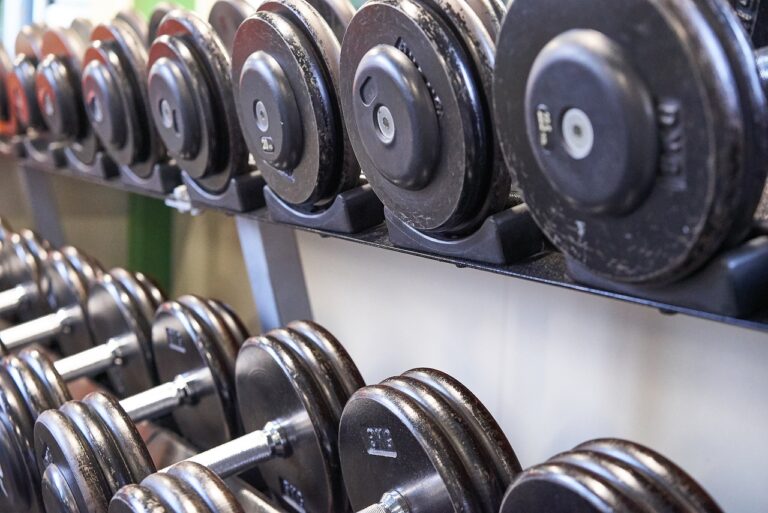Strategies for optimizing outcomes in shoulder arthroplasty: Cricket bet99 login, Sky11 login, Reddy anna online book
cricket bet99 login, sky11 login, reddy anna online book: Shoulder arthroplasty, also known as shoulder replacement surgery, is a viable treatment option for patients suffering from severe shoulder pain and limited mobility. While the procedure can significantly improve a patient’s quality of life, successful outcomes depend on various factors such as patient selection, surgical technique, post-operative care, and rehabilitation. In this article, we will explore strategies for optimizing outcomes in shoulder arthroplasty.
Patient Selection:
Choosing the right candidates for shoulder arthroplasty is crucial for achieving successful outcomes. Patients with severe arthritis, irreparable rotator cuff tears, or fractures may benefit from the procedure. However, careful consideration should be given to factors such as age, activity level, overall health, and expectations. Proper patient selection can help minimize the risk of complications and enhance long-term results.
Surgical Technique:
The surgical technique used in shoulder arthroplasty plays a significant role in determining the success of the procedure. Surgeons must have expertise in performing both total shoulder arthroplasty and reverse shoulder arthroplasty. Attention to detail, precision in implant placement, and meticulous soft tissue management are essential for optimal outcomes. Additionally, advancements in technology such as computer-assisted navigation can help improve the accuracy of implant positioning and alignment.
Implant Selection:
The choice of implant in shoulder arthroplasty can impact the longevity and functionality of the joint. Surgeons must consider factors such as the patient’s anatomy, bone quality, and functional requirements when selecting implants. Prosthetic components made of high-quality materials, such as cobalt-chromium and polyethylene, can improve implant durability and reduce the risk of wear-related complications. Customized implants and patient-specific instrumentation may also be beneficial in certain cases.
Post-operative Care:
Effective post-operative care is essential for promoting healing and preventing complications after shoulder arthroplasty. Patients should follow a structured rehabilitation program tailored to their individual needs. Physical therapy, range of motion exercises, and strengthening exercises can help restore shoulder function and improve overall outcomes. Proper pain management, wound care, and monitoring for signs of infection are also critical aspects of post-operative care.
Rehabilitation:
Rehabilitation plays a vital role in the success of shoulder arthroplasty by helping patients regain strength, range of motion, and function in the affected shoulder. A gradual progression of exercises, under the guidance of a physical therapist, can prevent stiffness, muscle weakness, and joint instability. Compliance with the rehabilitation program, both in the clinic and at home, is essential for achieving optimal outcomes.
Complications and Management:
Despite advancements in surgical techniques and implant technology, complications can still occur following shoulder arthroplasty. These may include infection, implant loosening, nerve injury, and instability. Early recognition and prompt management of complications are crucial for preventing long-term disability and improving patient outcomes. Surgeons should be vigilant in monitoring patients for signs of complications and addressing them promptly.
In conclusion, optimizing outcomes in shoulder arthroplasty requires a multidisciplinary approach that encompasses patient selection, surgical technique, implant selection, post-operative care, and rehabilitation. By adhering to best practices and focusing on individualized patient care, surgeons can achieve successful outcomes and improve the quality of life for patients undergoing shoulder arthroplasty.
FAQs:
Q: How long does it take to recover from shoulder arthroplasty?
A: Recovery time varies depending on the patient’s age, overall health, and the type of procedure performed. Most patients can expect to see significant improvement within 3 to 6 months following surgery. However, full recovery may take up to a year.
Q: Will I be able to resume my normal activities after shoulder arthroplasty?
A: Most patients are able to resume light activities, such as driving and office work, within a few weeks after surgery. More strenuous activities may need to be avoided for a longer period to allow for proper healing and rehabilitation.
Q: What are the potential risks of shoulder arthroplasty?
A: While shoulder arthroplasty is a safe and effective procedure, potential risks include infection, nerve injury, implant loosening, and instability. Your surgeon will discuss these risks with you before the procedure and take steps to minimize them during surgery.






